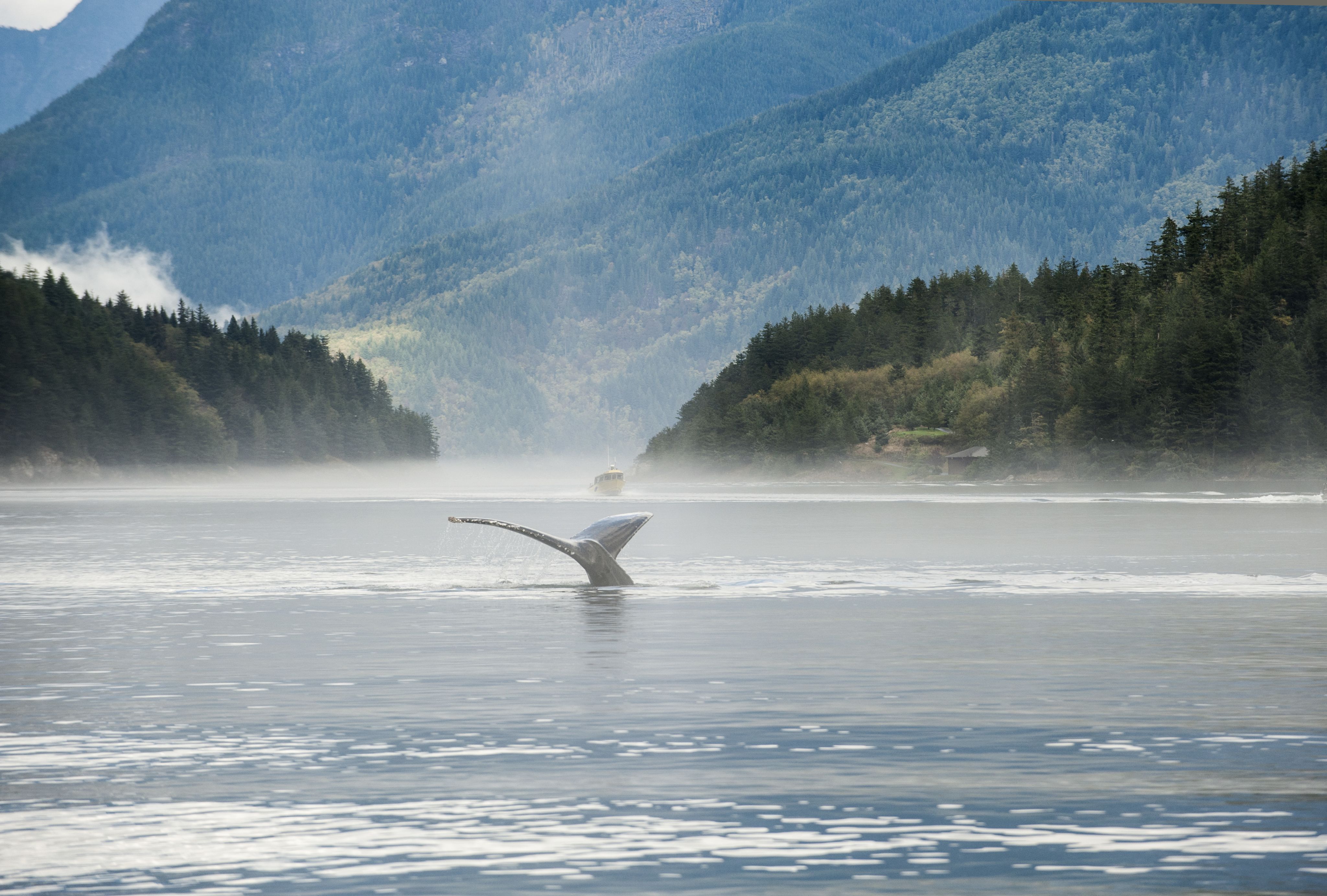Dare to Roam
Grasslands National Park
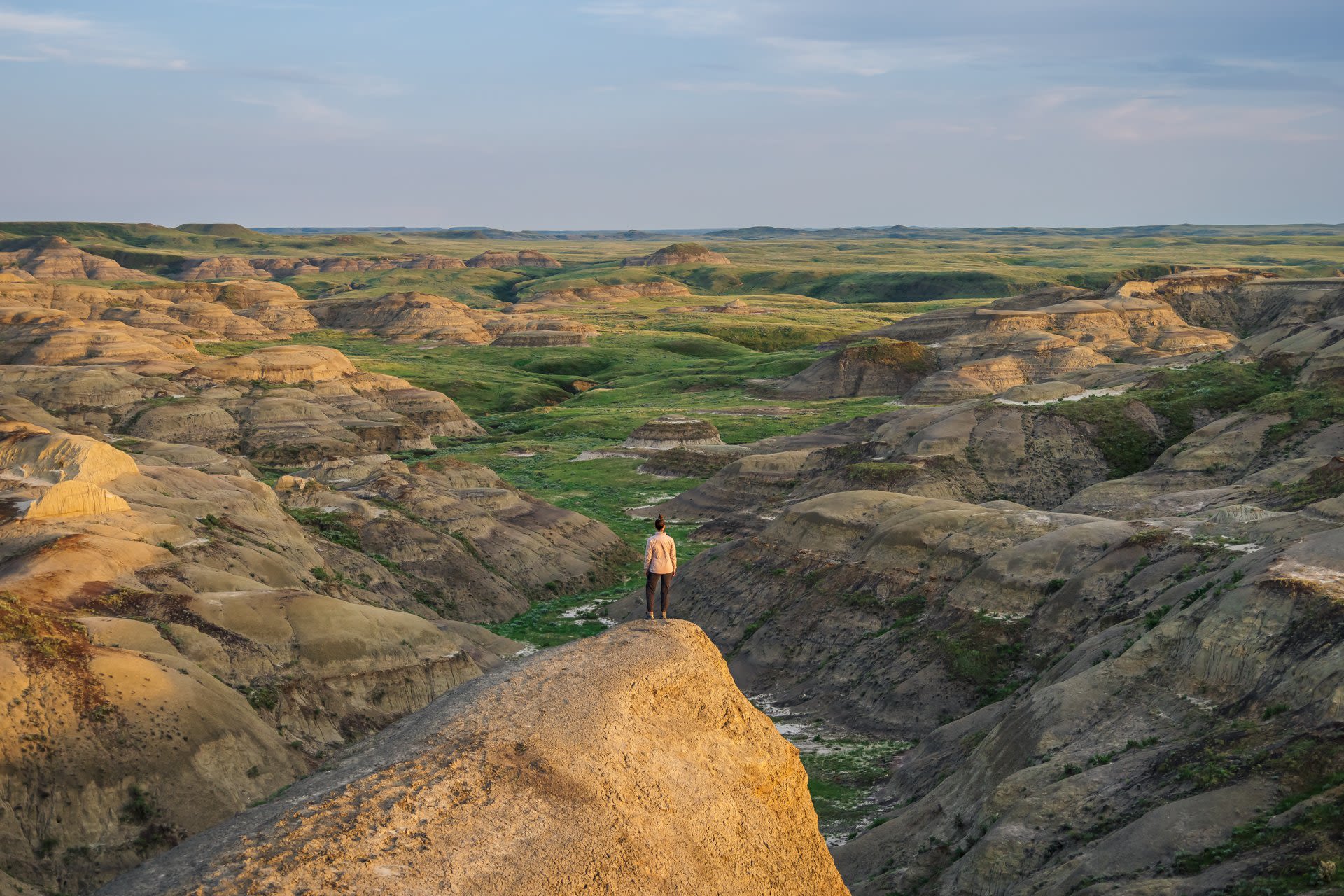
II’ve asked many people for their bucket list Canadian destinations over the years. Not once has anyone mentioned Saskatchewan. Canadians from out of province mostly consider Saskatchewan a means to an end, often driving straight through or flying over to get somewhere else. International guests find it hard to include in what is usually a heavy-hitting list of must-see places for their short time in Canada.
A few years back, my wife and I did a spring road trip that has since set me on a mission to dispel the misconception that there is nothing to see in Saskatchewan. I can assure you, not only is it well worth a visit, but I would encourage you to stop, stay a while, and get off the beaten track.
It was on this trip that I discovered what is to this day, one of my favourite Canadian destinations. Set on Saskatchewans southern border, Grasslands National Park is one of Canada’s best kept secrets.
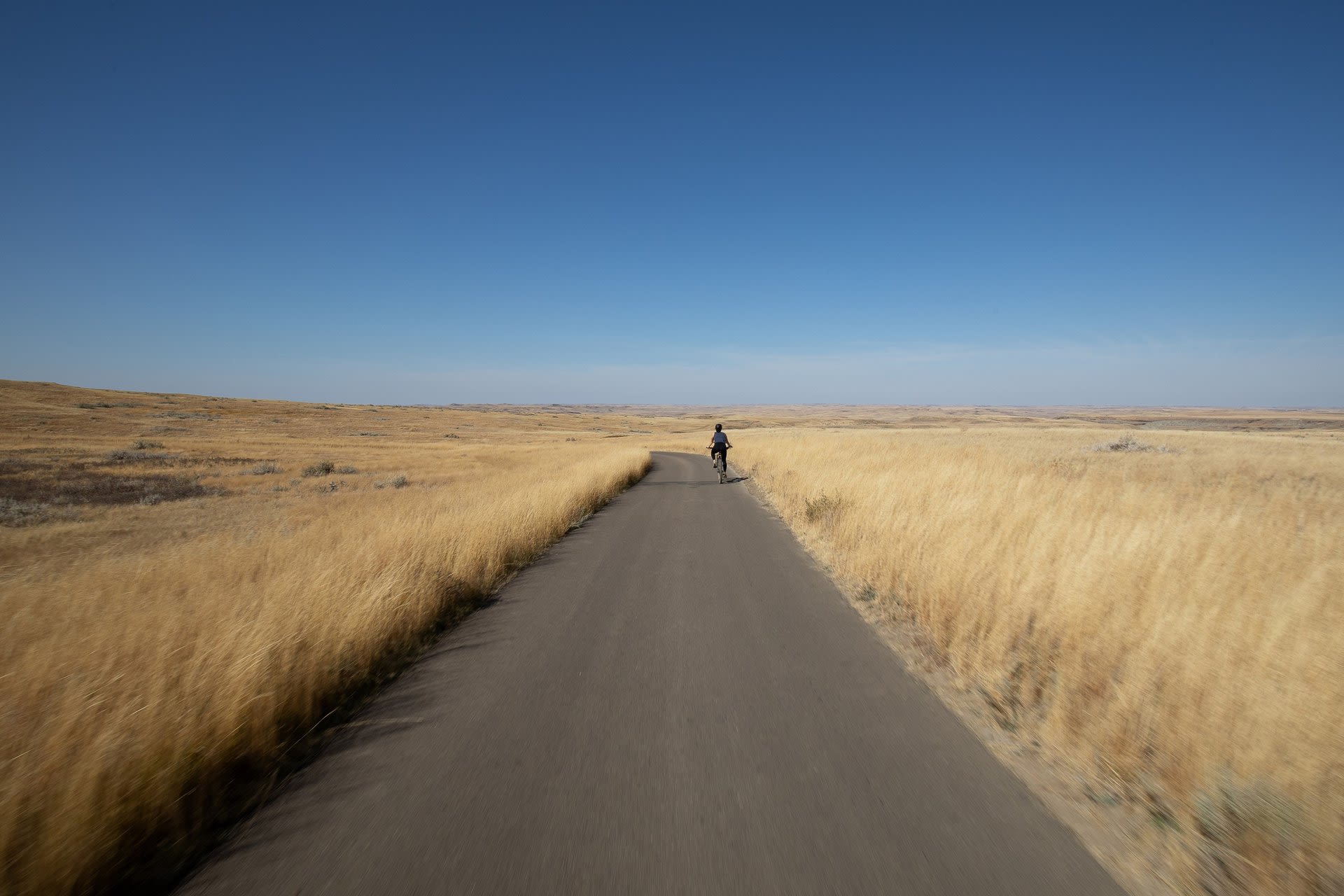
Finding Grasslands
Located approximately 3.5 hours south of Regina, Grasslands National Park straddles Canada's southern border and preserves one of the few remaining tracts of native mixed grass prairie ecosystem.
It showcases the Prairie Grasslands Natural Region as it has been for thousands of years. Made up of two parcels, the East and West blocks, the park offers a surprising variety of terrain.
The further south you drive from Regina, the more it feels like you're entering an old Western. Cars become sparse, cell phone service disappears, and the austere aspects of the landscape become apparent.
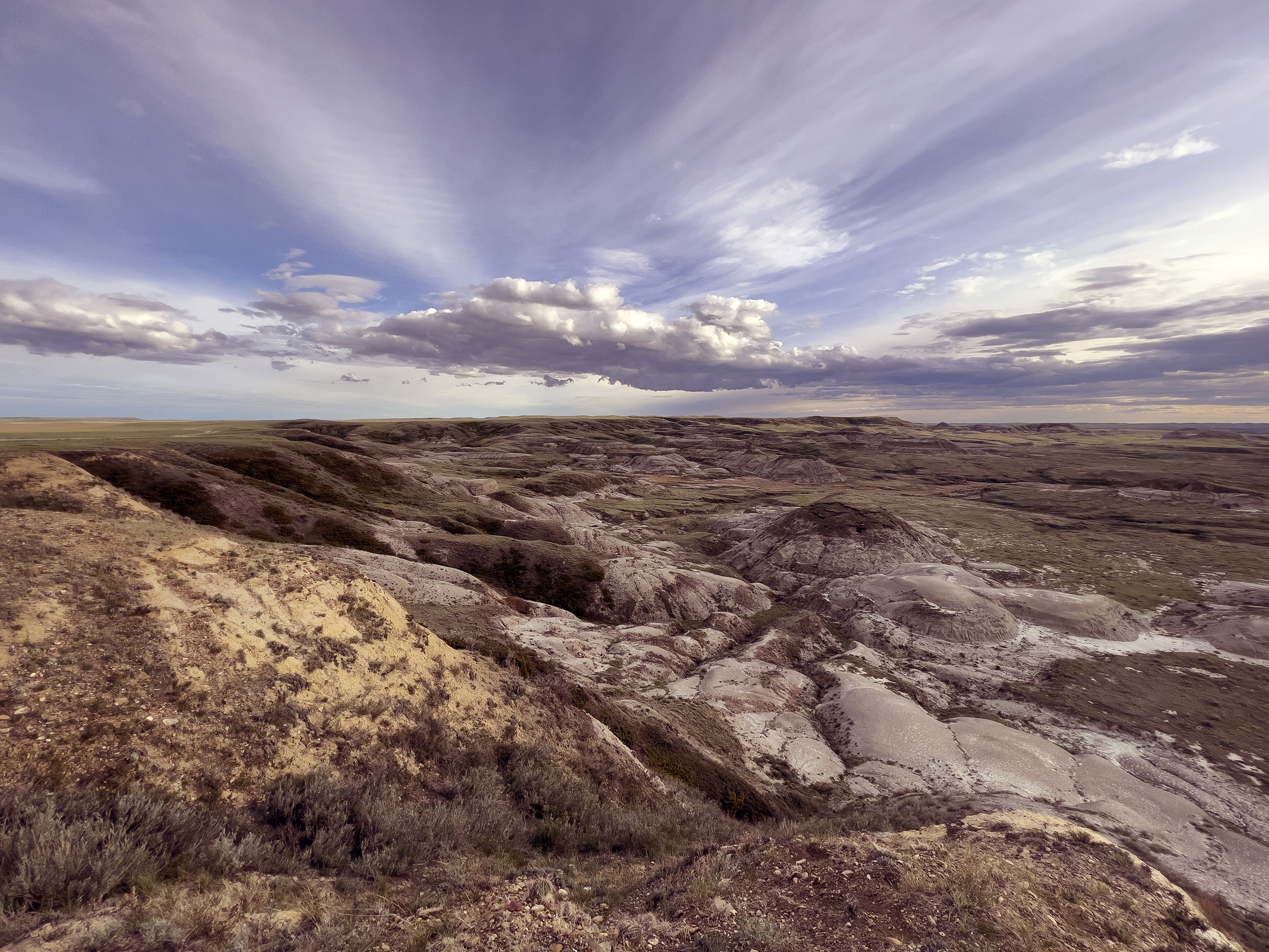
East Block
We start with the East Block, where we camp and hike for two days.
This part of the park feels like a backcountry wilderness area. Badlands and upland formations rich in dinosaur bone deposits transport you back in time. Infrastructure is limited, as are the visitors, and the park is basically yours to explore.
You will want sturdy footwear. Hiking through the rugged terrain, you will have to mind your step for cactus, and the local fauna, as the area is home to some of the only rattlesnake populations in Canada.
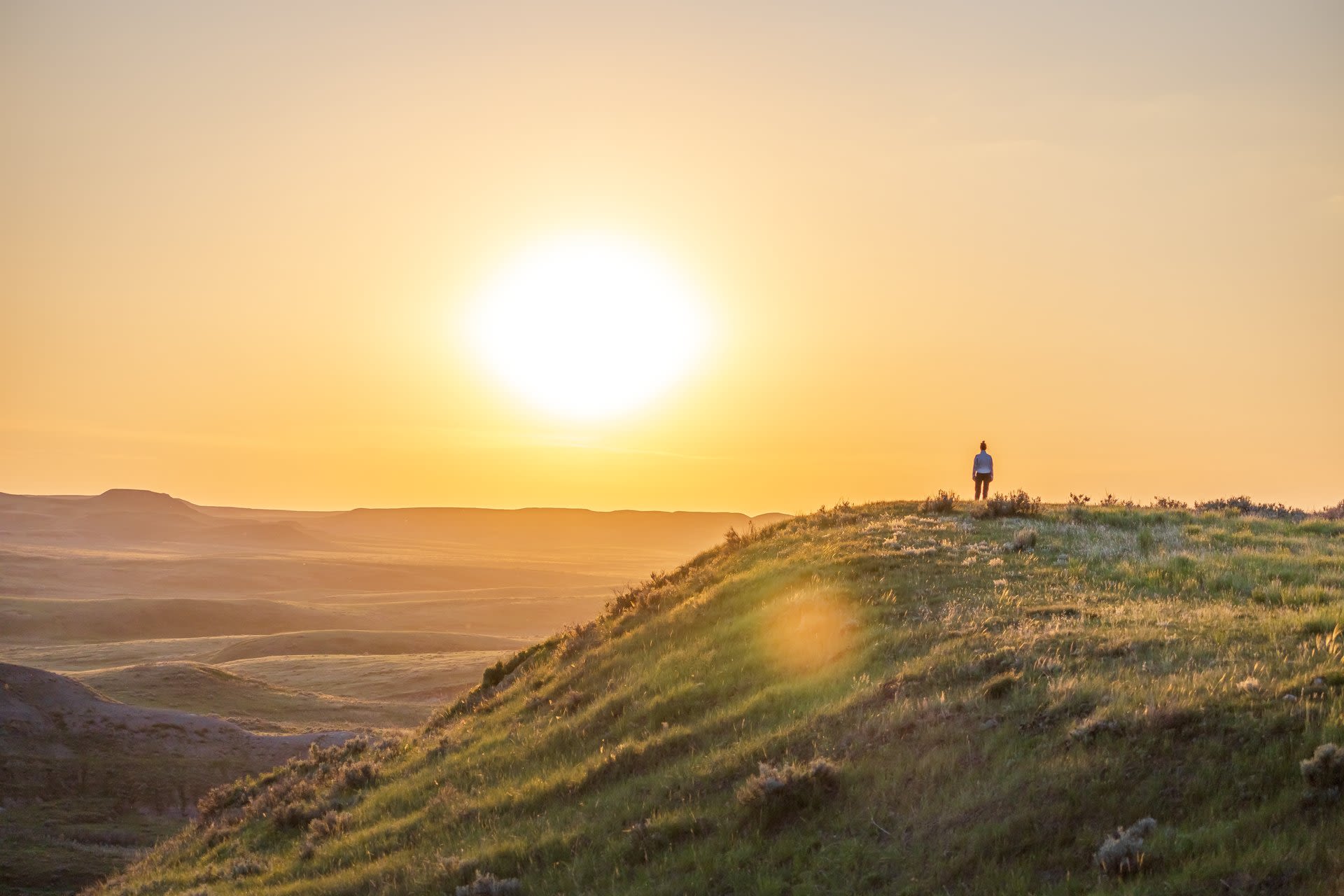
Photo credit: Benjamin Hutton Photography
Photo credit: Benjamin Hutton Photography
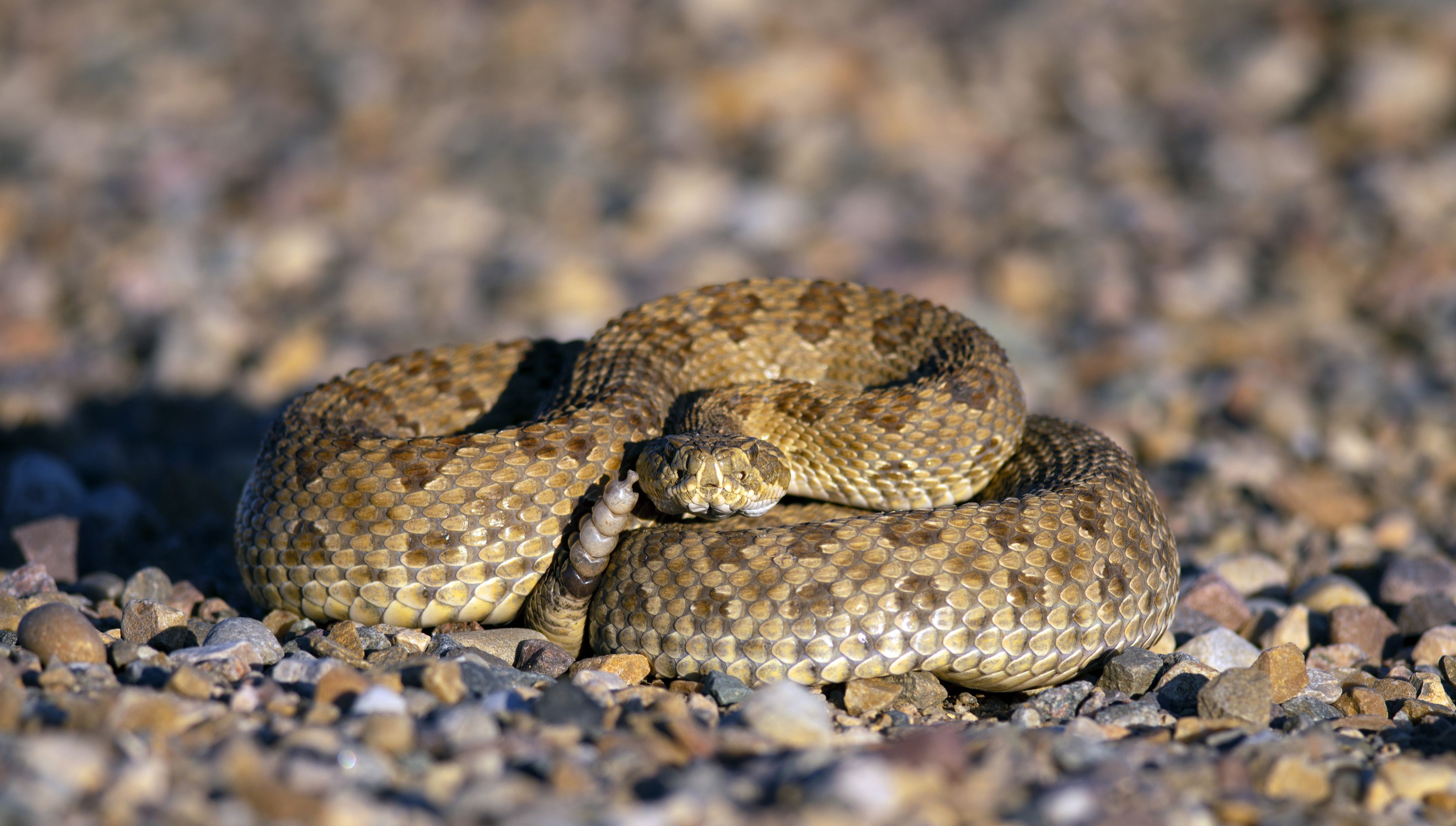
Photo credit: Neil Ward
Photo credit: Neil Ward
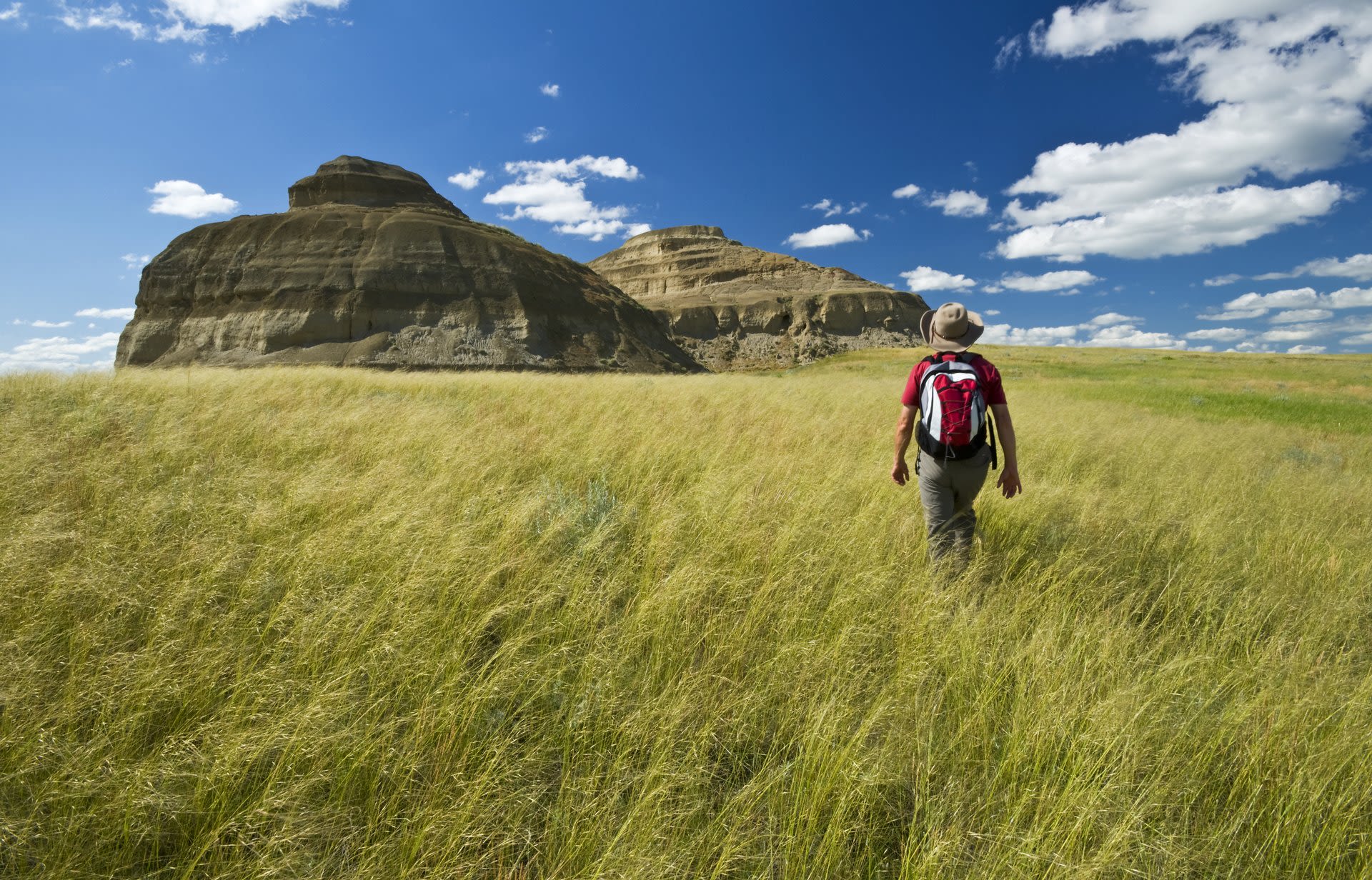
Photo credit: Tourism Saskatchewan/Dave Reede Photography
Photo credit: Tourism Saskatchewan/Dave Reede Photography
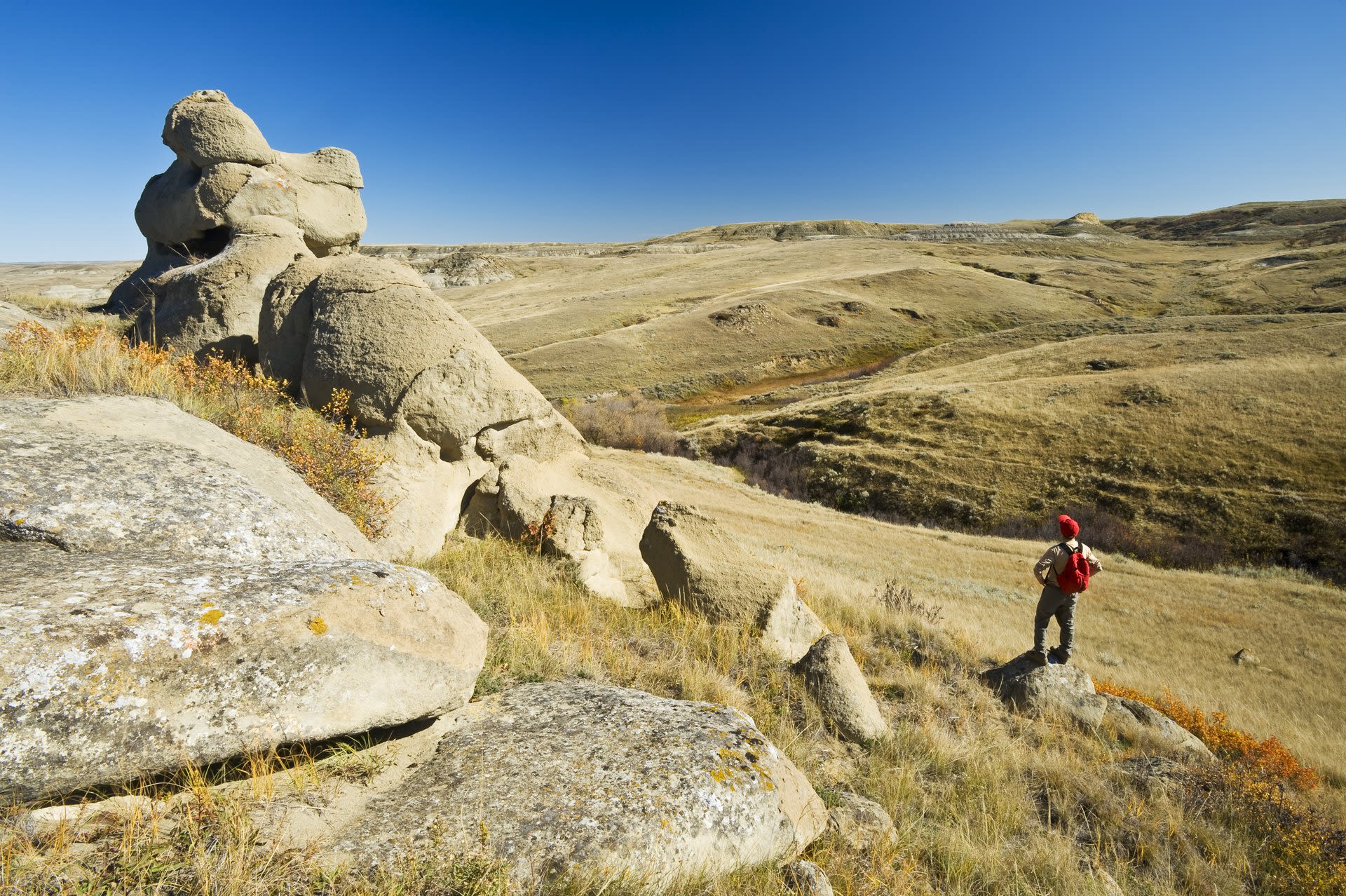
Photo credit: Tourism Saskatchewan/Dave Reede Photography
Photo credit: Tourism Saskatchewan/Dave Reede Photography
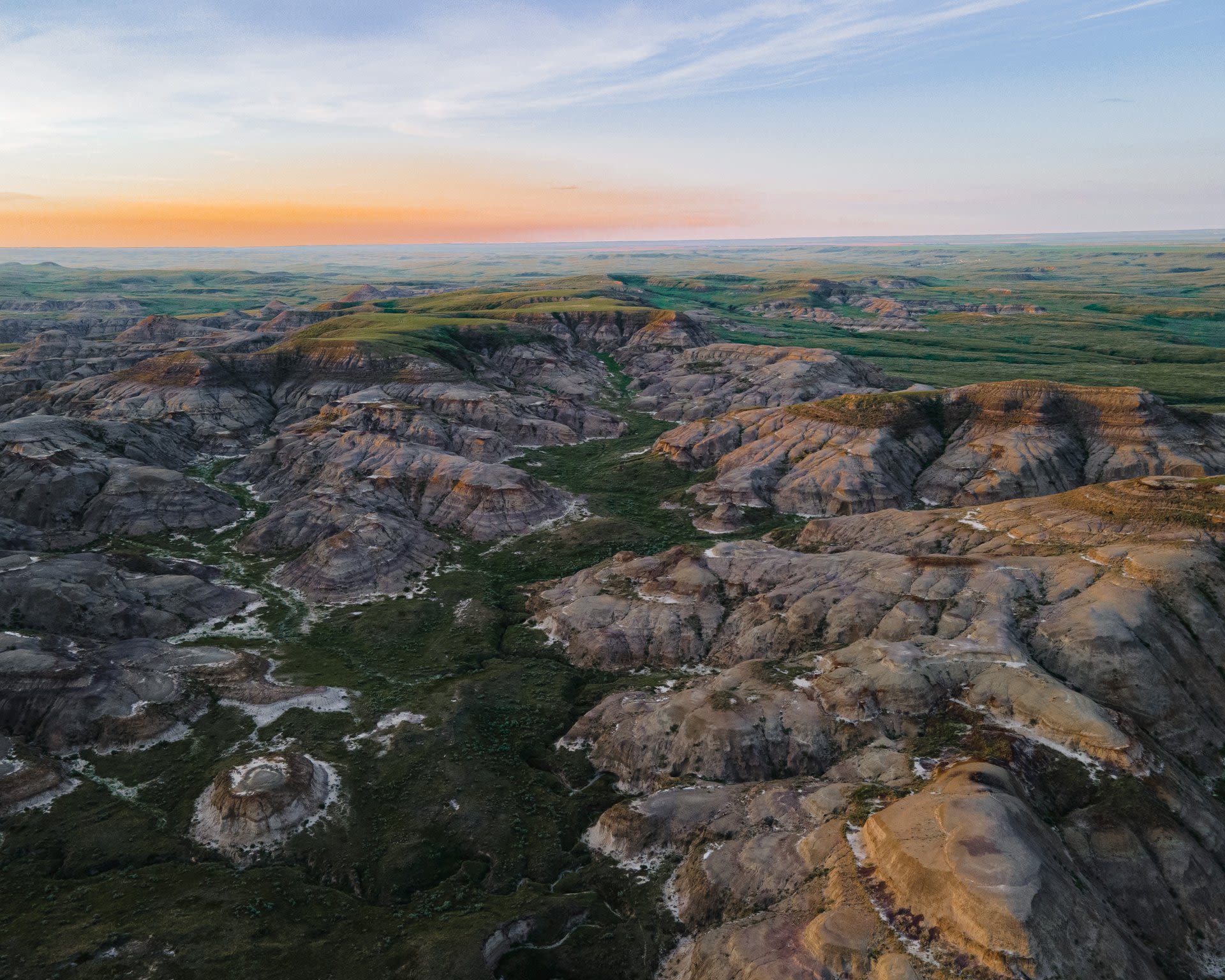
Photo credit: Tourism Saskatchewan
Photo credit: Tourism Saskatchewan
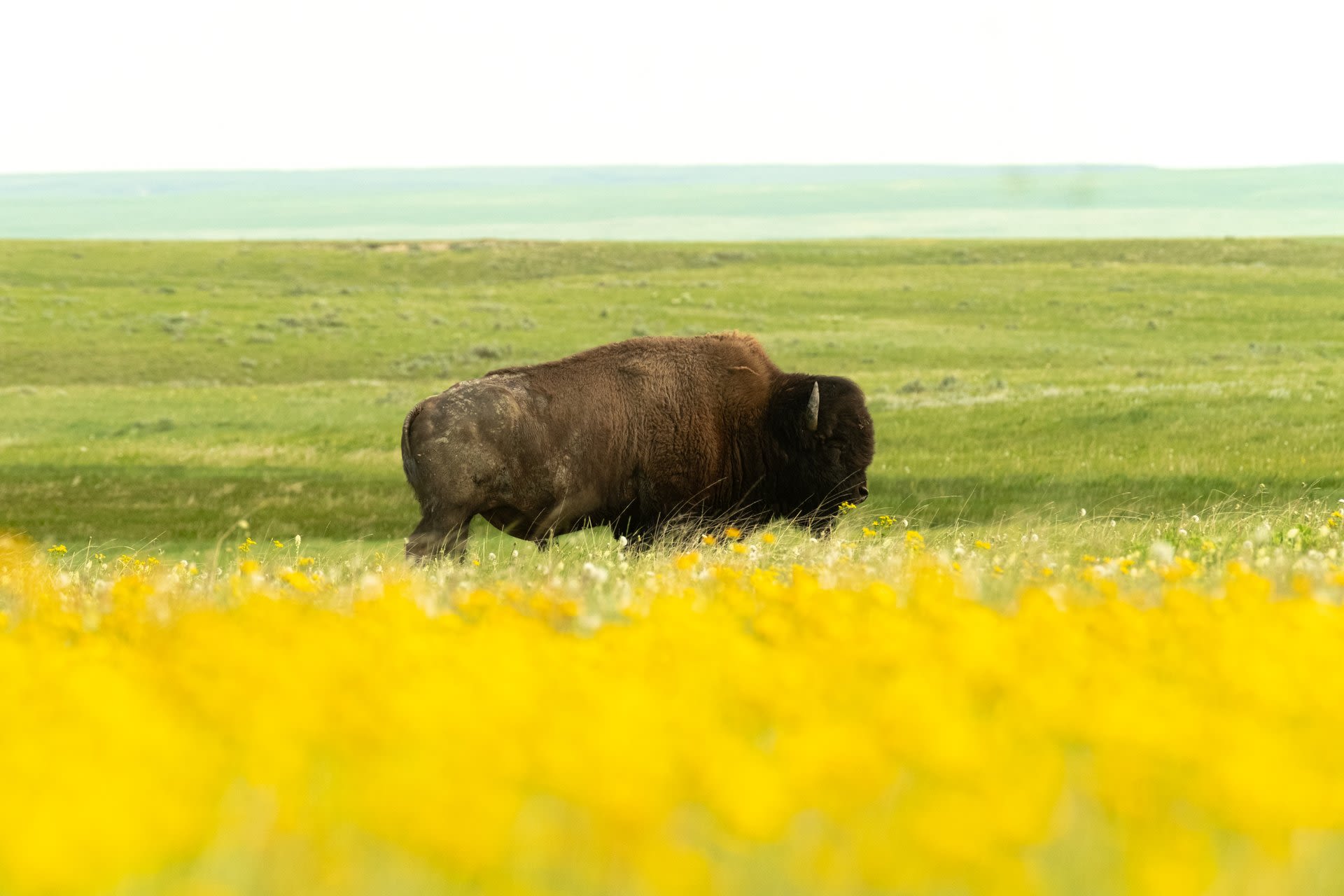
West Block
The drive connecting the East and West Blocks is a surreal two hours along an almost empty highway. It feels as though we're driving through a painting from Salvador Dali, as we traverse endless rolling hills and a bright blue sky flecked with white clouds on a winding single lane highway.
Our destination is the main feature of the West Block: the lush Frenchman River Valley. As we enter the park, the road to our campground is a totally unexpected wildlife viewing experience: pronged horned antelope, countless bird varieties and a herd of Plains bison grazing on the grass a few metres from the road.
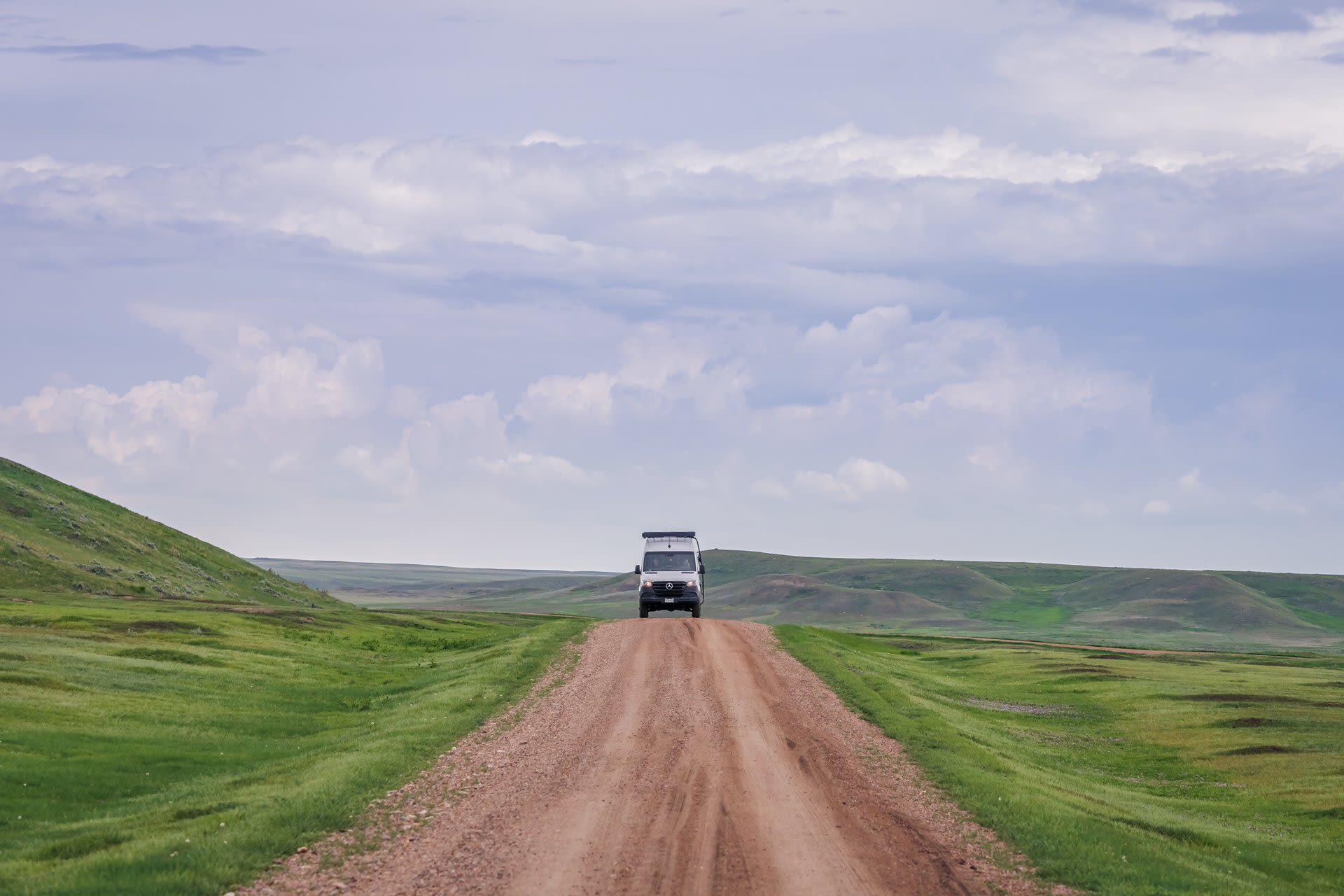
Photo credit: Benjamin Hutton Photography
Photo credit: Benjamin Hutton Photography

Photo credit: Tourism Saskatchewan/Dave Reede Photography
Photo credit: Tourism Saskatchewan/Dave Reede Photography
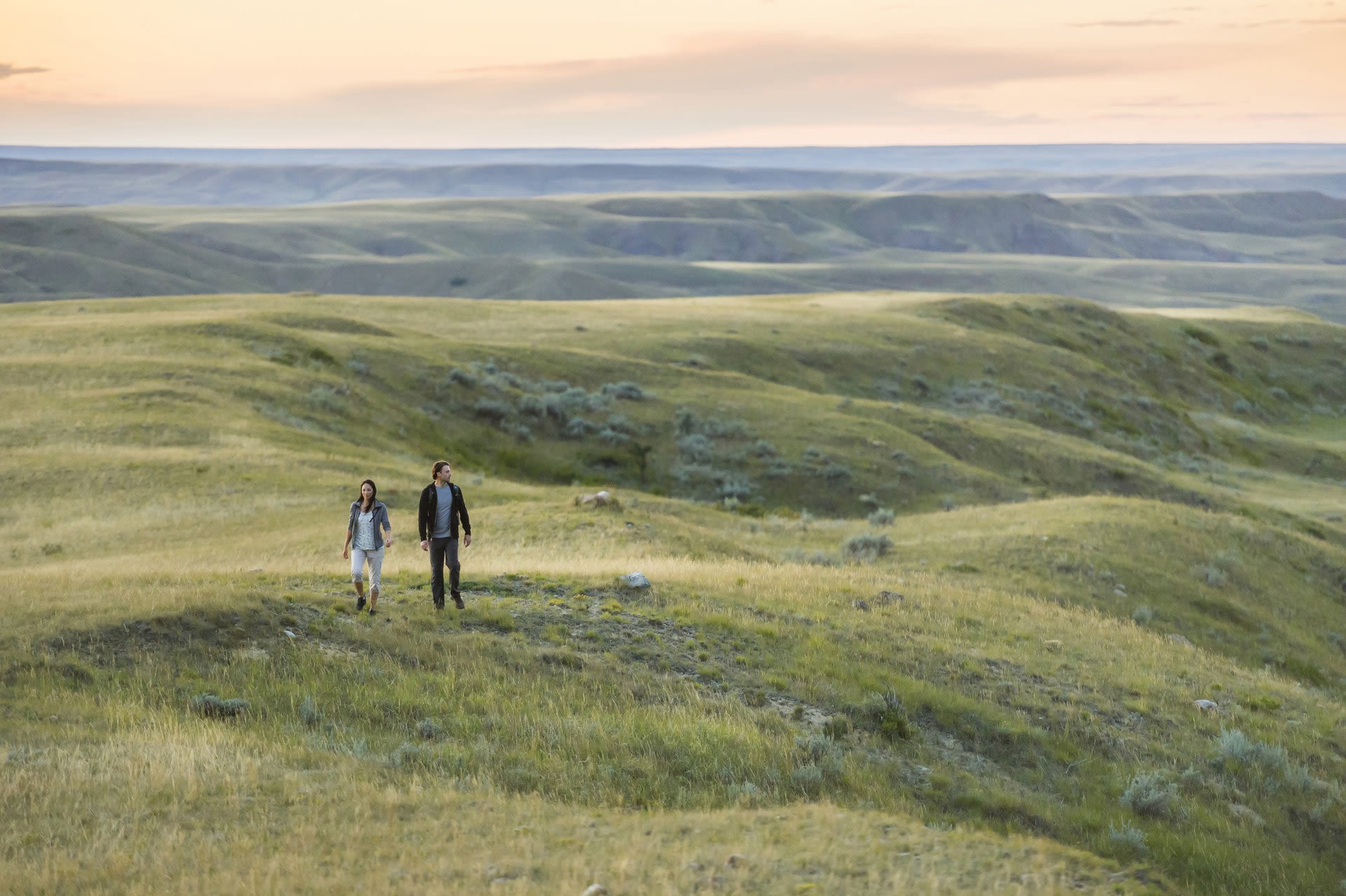
Photo credit: Tourism Saskatchewan/Chris Hendrickson Photography
Photo credit: Tourism Saskatchewan/Chris Hendrickson Photography
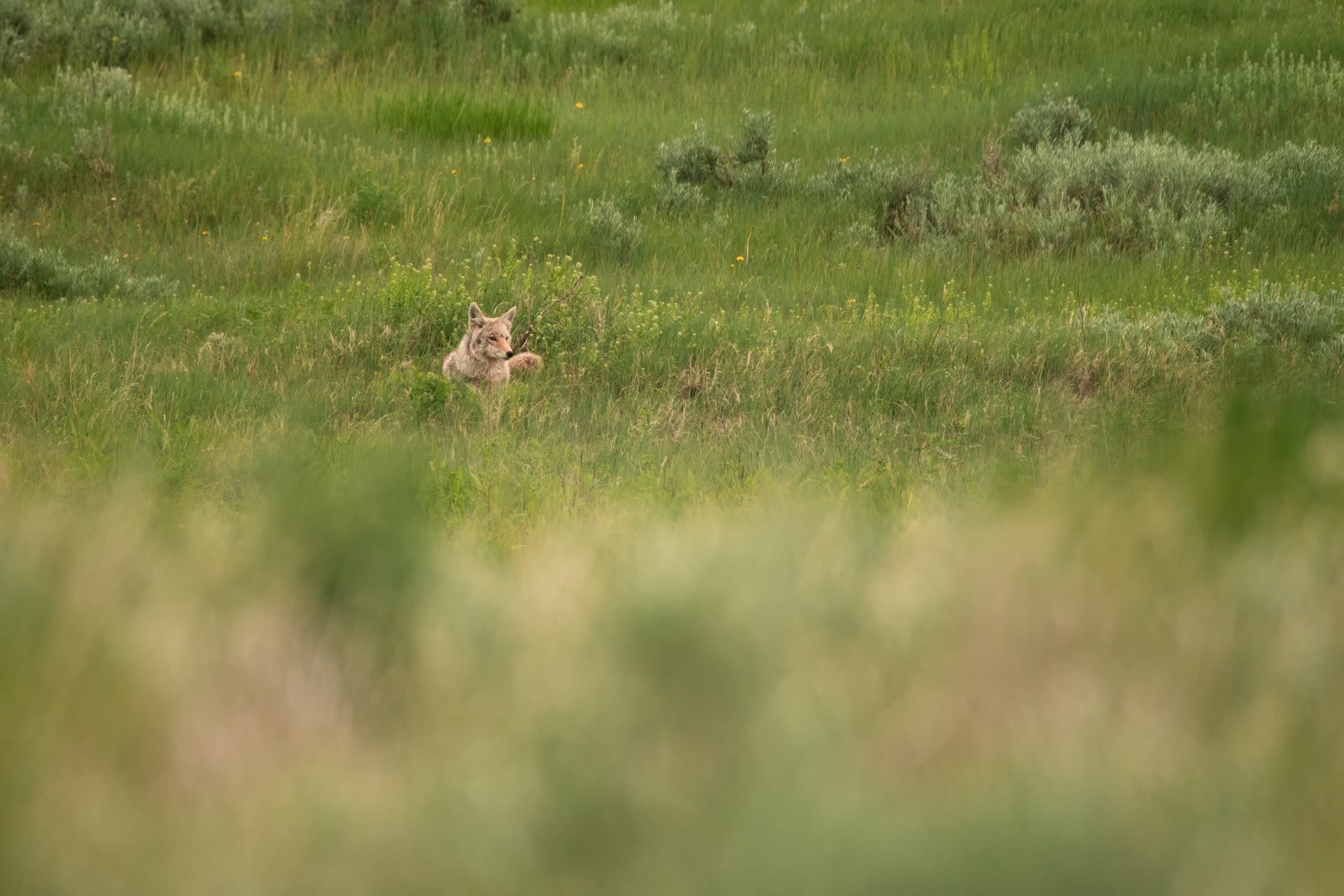
Photo credit: Tourism Saskatchewan
Photo credit: Tourism Saskatchewan
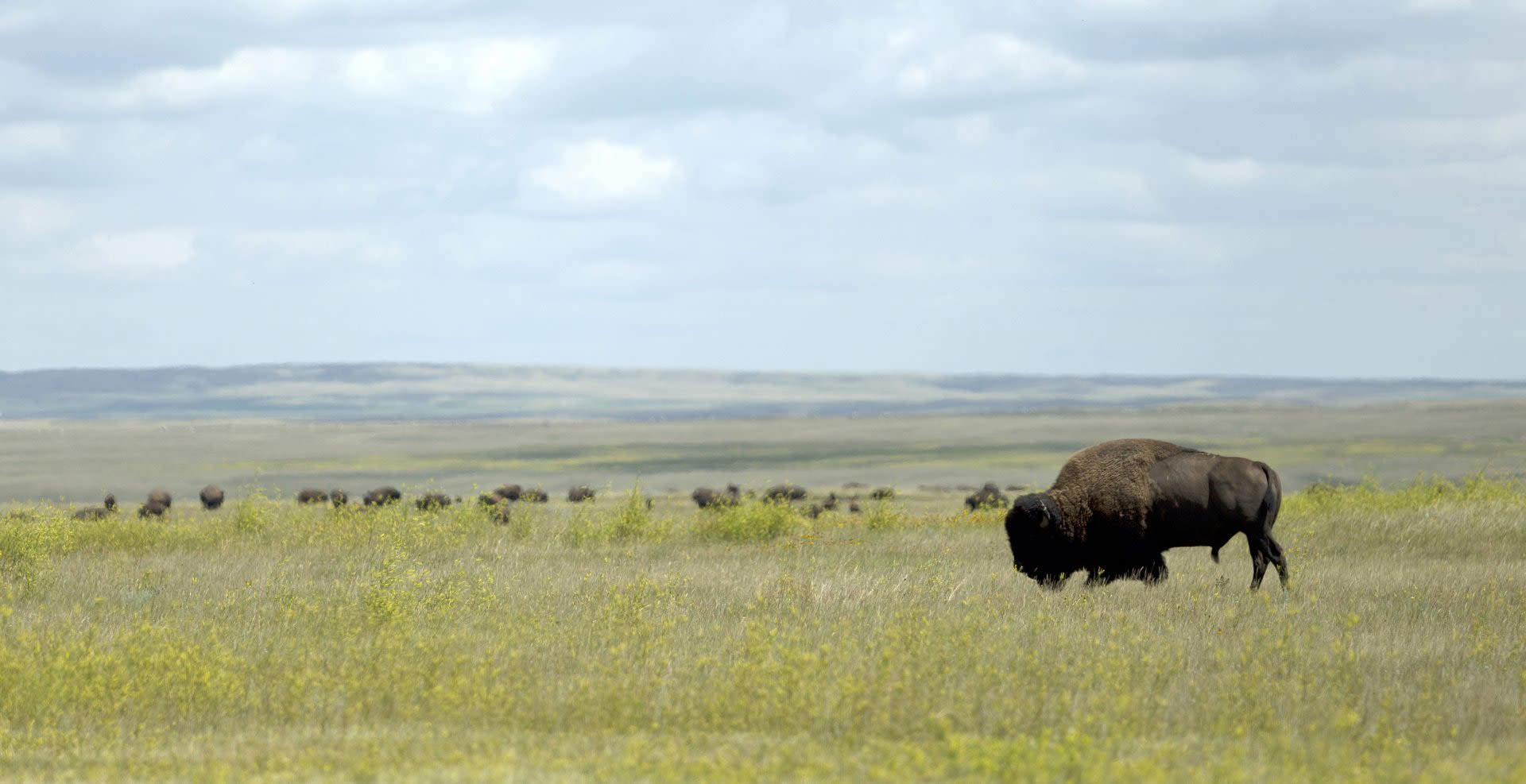
Photo credit: Tourism Saskatchewan/Bryan Eneas
Photo credit: Tourism Saskatchewan/Bryan Eneas
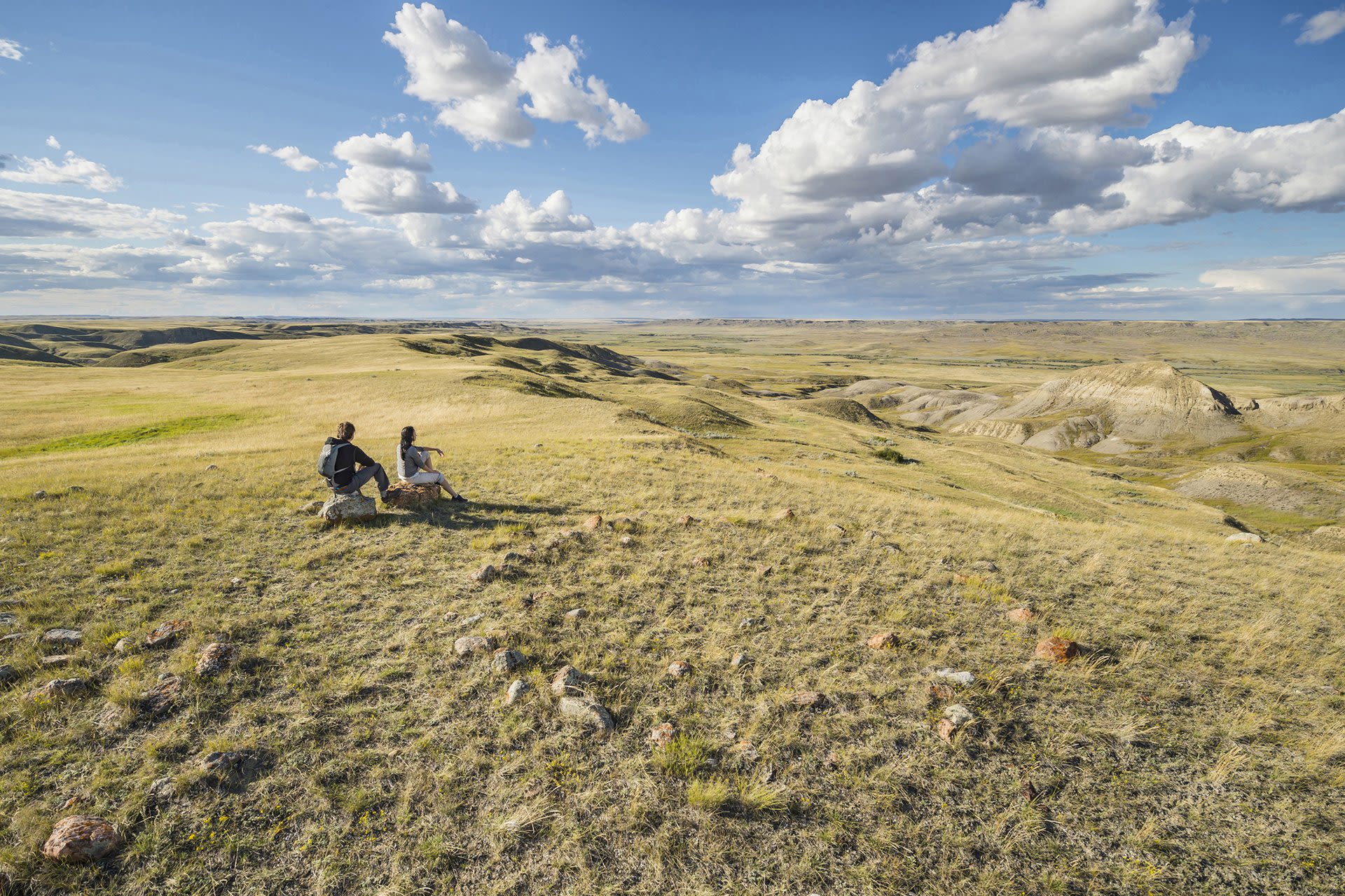
Sands of Time
Grasslands is a place where time seems to stand still. The expansiveness and vastness of the endless horizon, the big sky and the deafening silence are humbling to say the least. To witness such a landscape as it has been for millennia is a profound feeling.
Indigenous presence in the area goes back over 10,000 years. The Nakoda, Blackfoot, and Plains Cree all lived on this land, among other First Nations and later Métis people. The big draw was the bison, which provided food and clothing. Indigenous peoples followed the migration patterns of the bison for thousands of years leaving behind evidence that can still be seen throughout the park today. Grasslands is home to one of the largest concentrations of undisturbed pre-contact cultural resources in the country, such as bison drive lanes, arrow heads and more than 20,000 tipi rings.
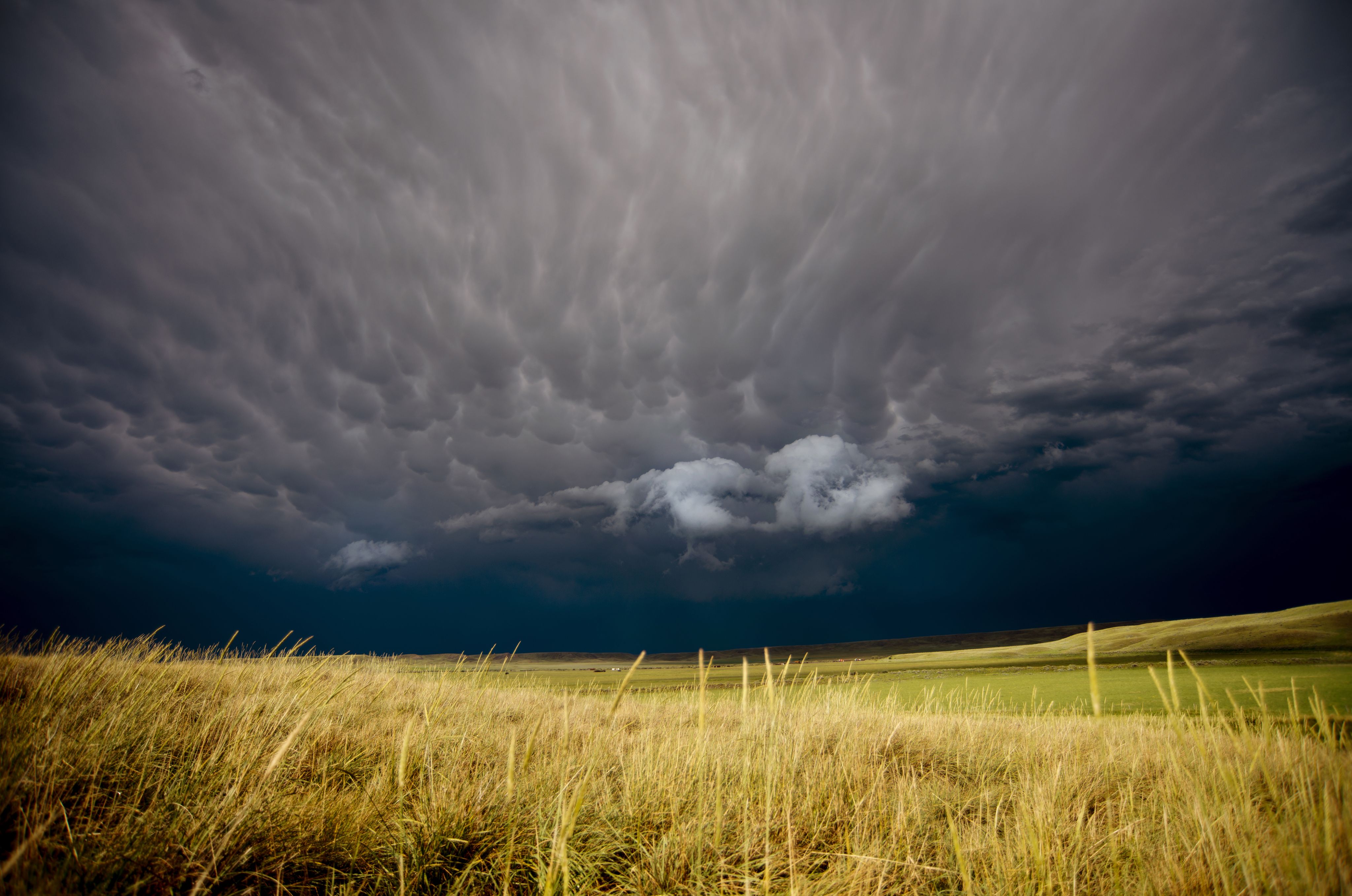
Big Sky
In the Prairies, the “Big Sky” often dominates your field of view where ever you go. It sounds simple, but it's hard to appreciate its full glory until you’ve seen it in person.
From blazing sunsets, to surreal cloud formations, to the raw power or a Prairie thunderstorm, the expansive skies at Grasslands mirror the majesty of the landscape below.
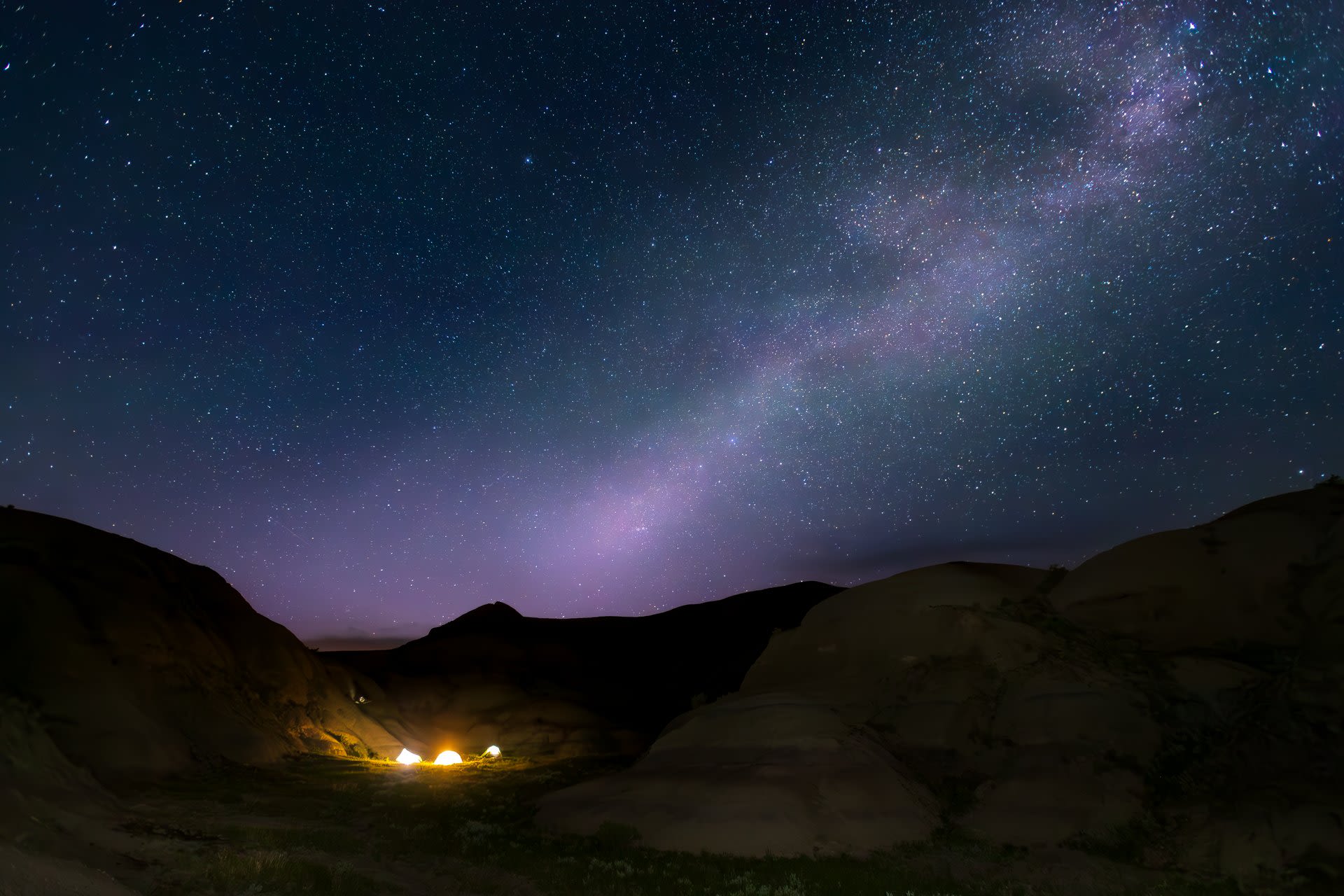
Photo credit: Benjamin Hutton Photography
Photo credit: Benjamin Hutton Photography
This is not only true during the day, but also at night, where Grasslands truly shines.
As Canada's darkest Dark Sky Preserve, the area offers a celestial perspective that is hard to beat. Our ancestors have looked up to the heavens for thousands of years and as humans, the affinity to the night sky is in our genes. City folk like myself often take it for granted, but something as simple as looking up to a sprawling sky filled with stars can be powerful. At Grasslands, the sky is so dark you can actually see the Milky Way stretched across the sky.
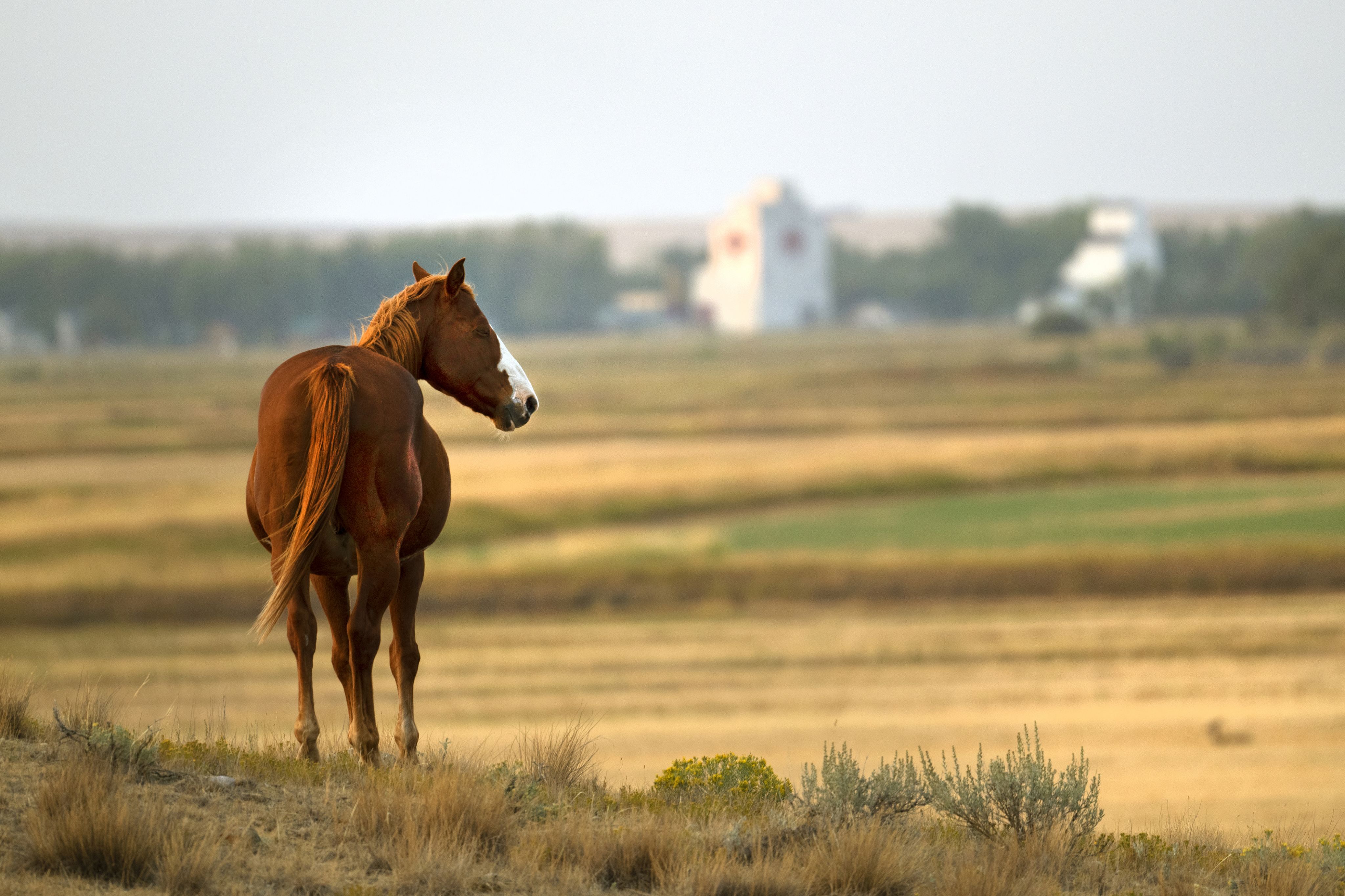
Where to Stay
Due to its remote location, there are limited places to stay near Grasslands National Park. We elect to camp, which proves to be the easiest way for us to spend time in both the East and West Block and immerse ourselves in the landscape. Both blocks offer established campsites with tent sites, trailers sites and even oTENTiks for those looking for something more comfortable.
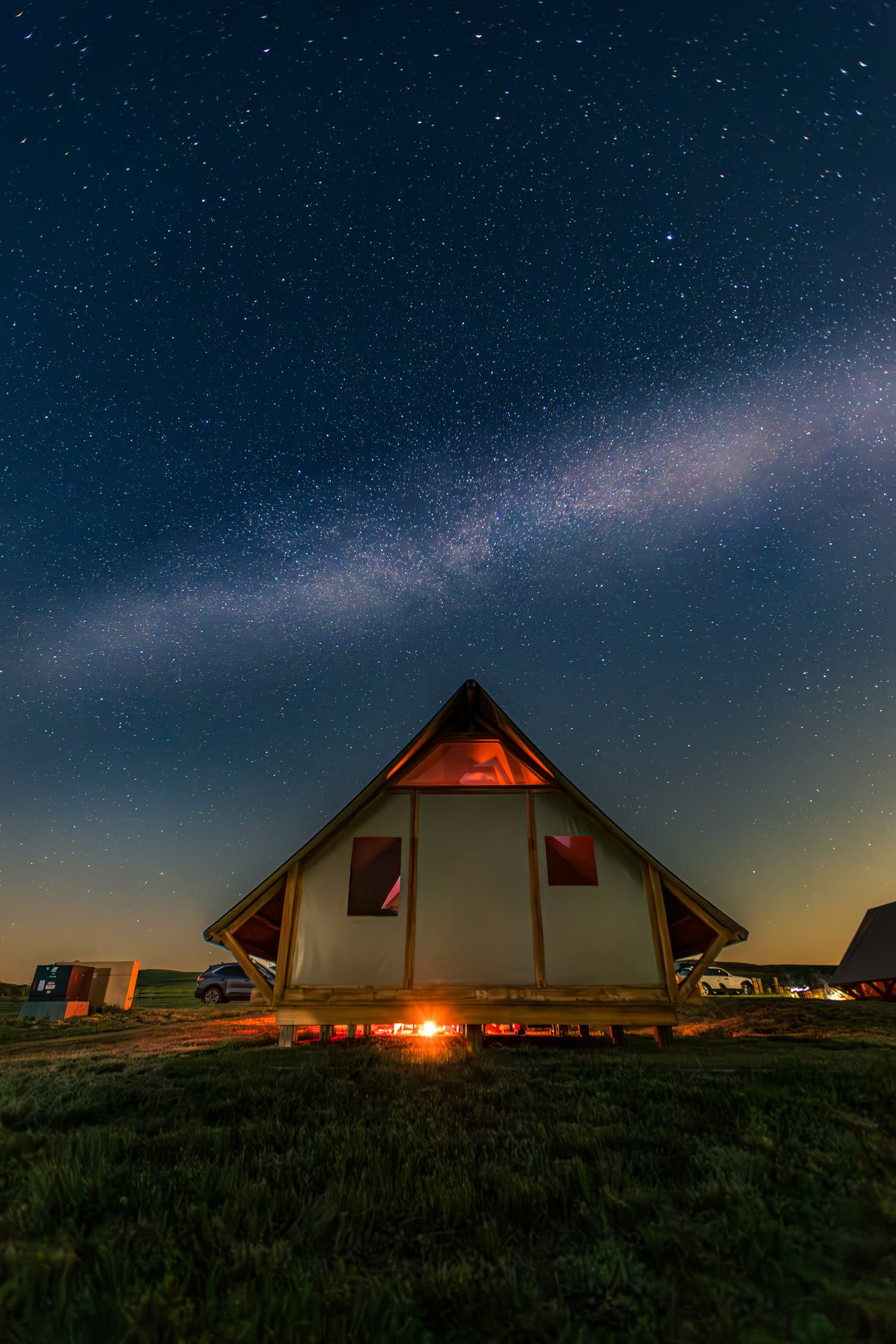
Photo credit: Benjamin Hutton Photography
Photo credit: Benjamin Hutton Photography
For something more civilized, the village of Val Marie situated next to the West Block is generally considered the gateway to Grasslands National Park. Even here, options are limited. There are a number of B&B's as well as a neat hotel that was formerly a convent.
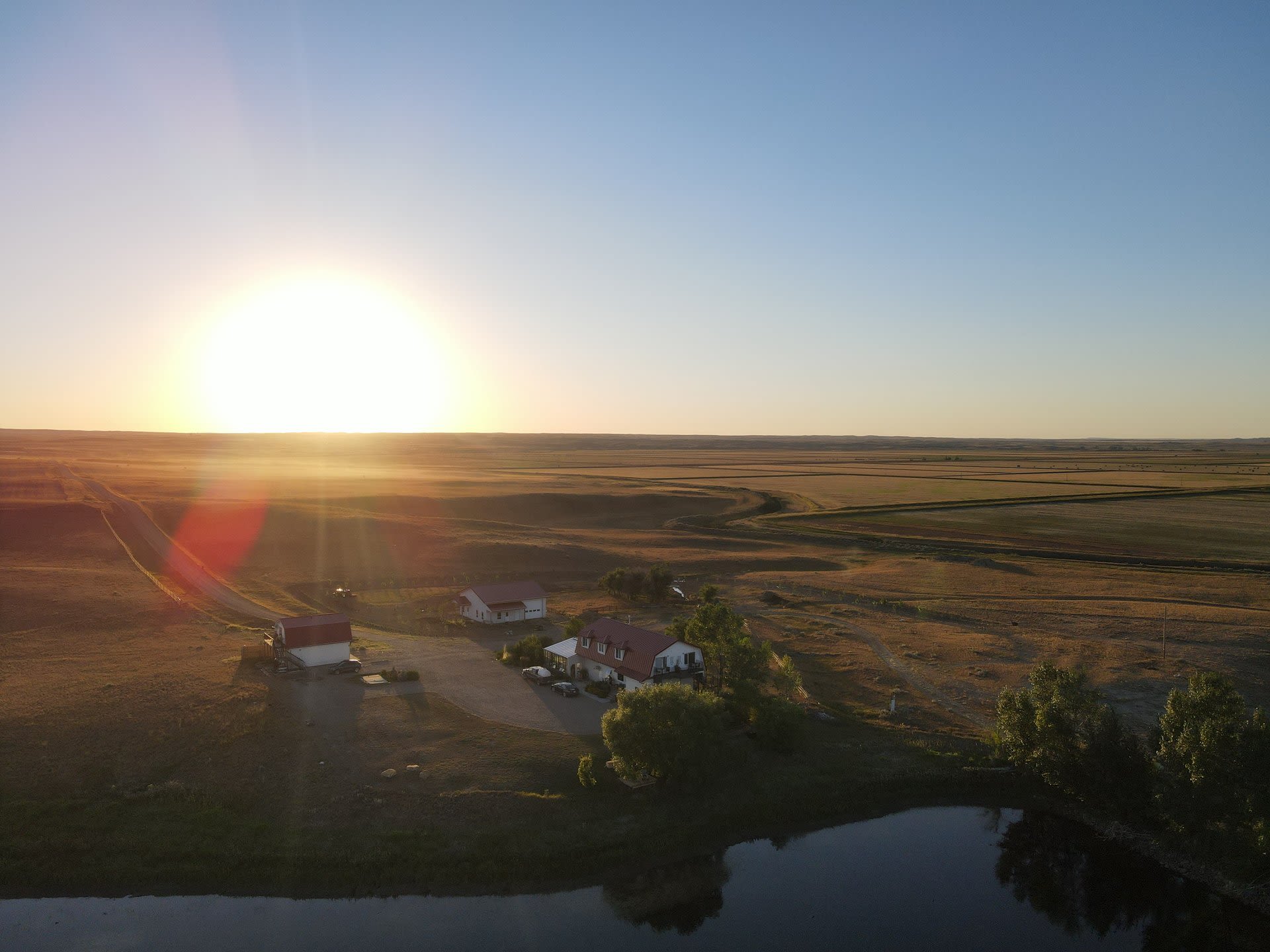
Photo credit: Tourism Saskatchewan
Photo credit: Tourism Saskatchewan
My favourite recommendation is to stay at a small family run accommodation that lies on the northwest border of the park. The Crossing at Grasslands offers a quiet and stunningly beautiful retreat-like setting embraced by grassy, rolling hills and wild prairie skies with direct access to the park for solo hikes and meanders.
Hosts Susan and Neil have been welcoming guests to the area for the last decade and their passion for the landscape and community is clear. A stay with them offers an unmatched pairing of stunning landscapes, hospitality and local knowledge.

Aubrey Reine
Aubrey is the Product Director at Landsby. He grew up in the foothills of the Canadian Rockies and now makes his home in Vancouver with his wife and two kids. His column, Passage, is an homage to a lesser-known side of Canada.
Embrace Canada with Landsby
Landsby creates unique and immersive experiences that not only provide travellers with purposeful and enriching trips but aim to positively impact the host communities.
